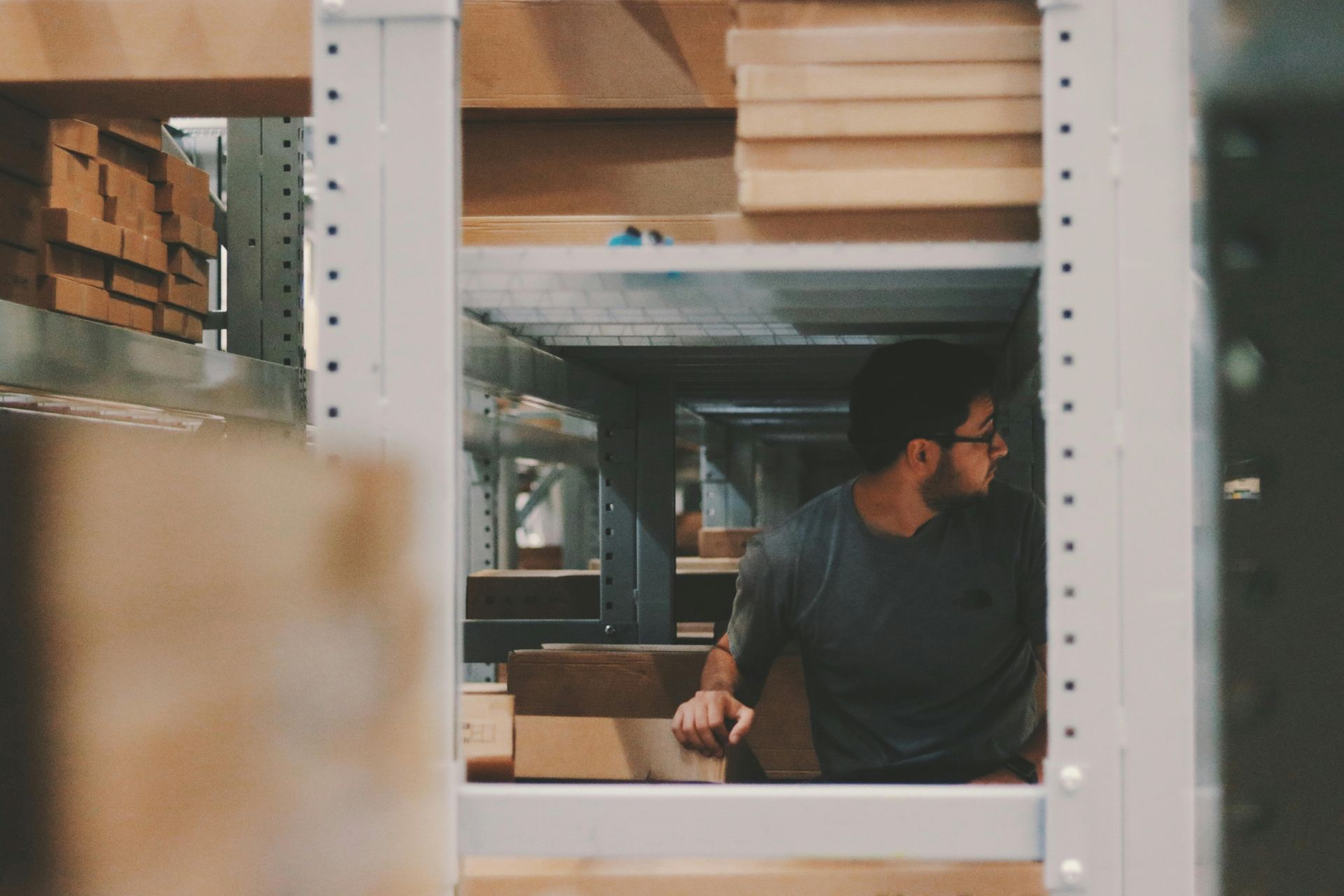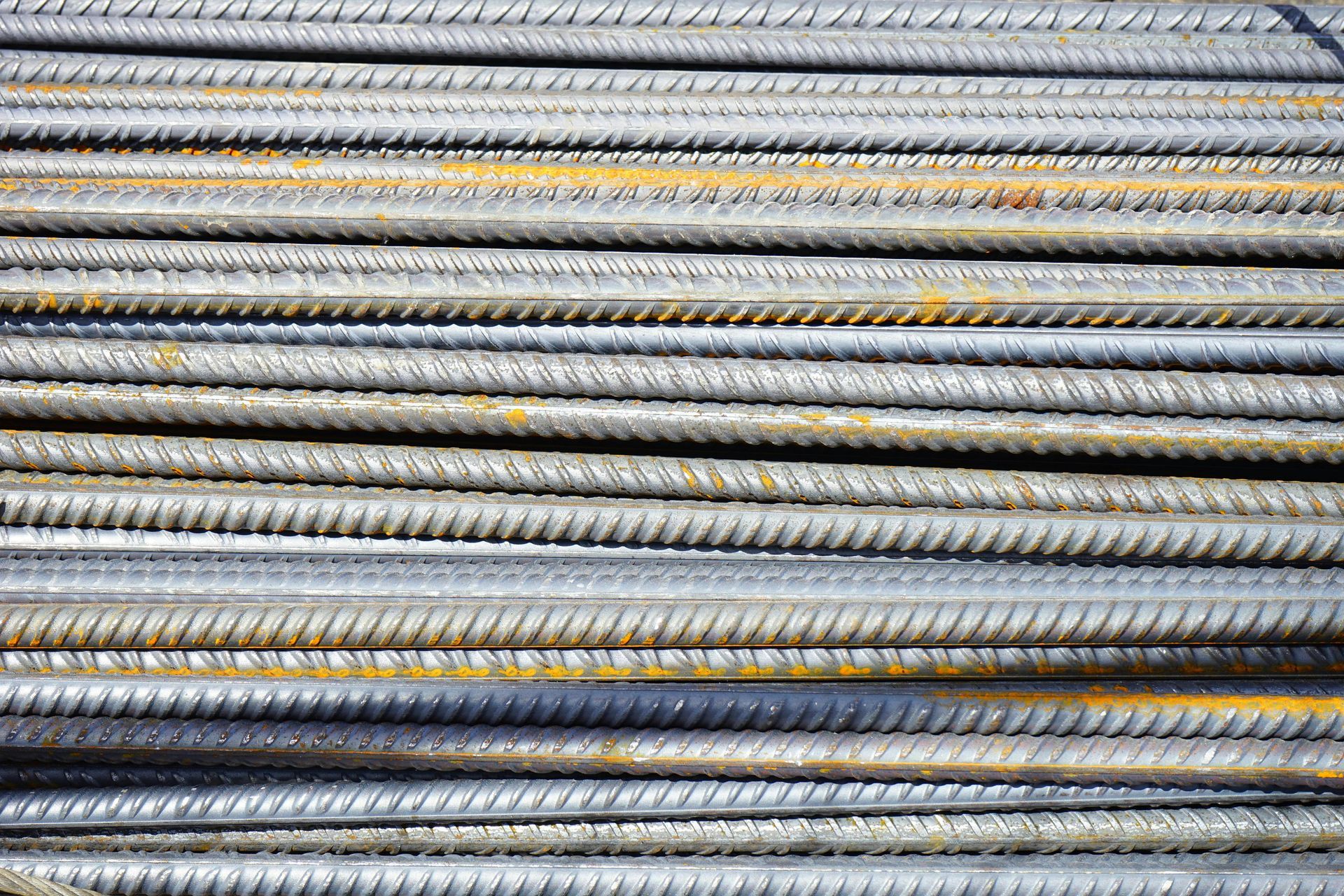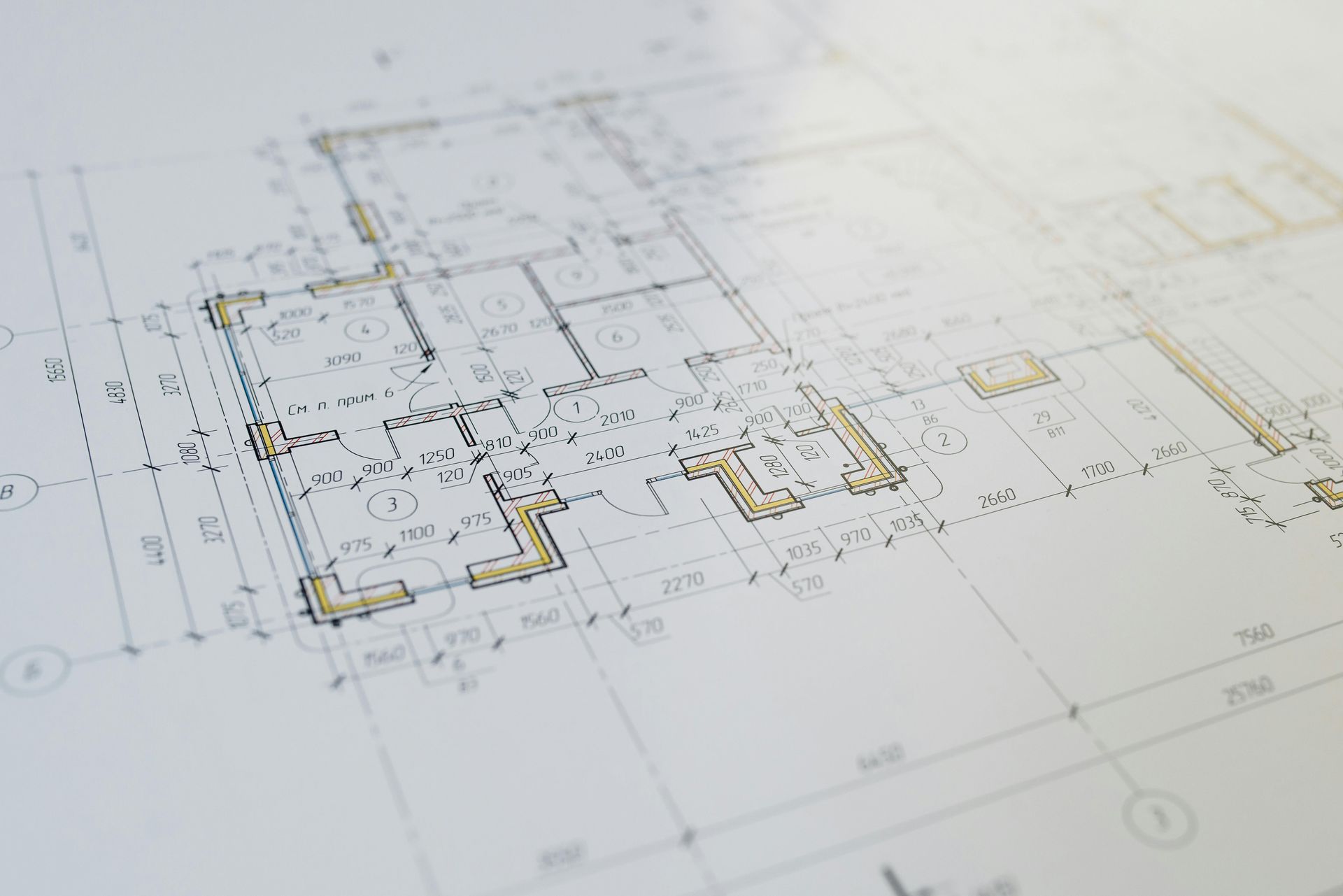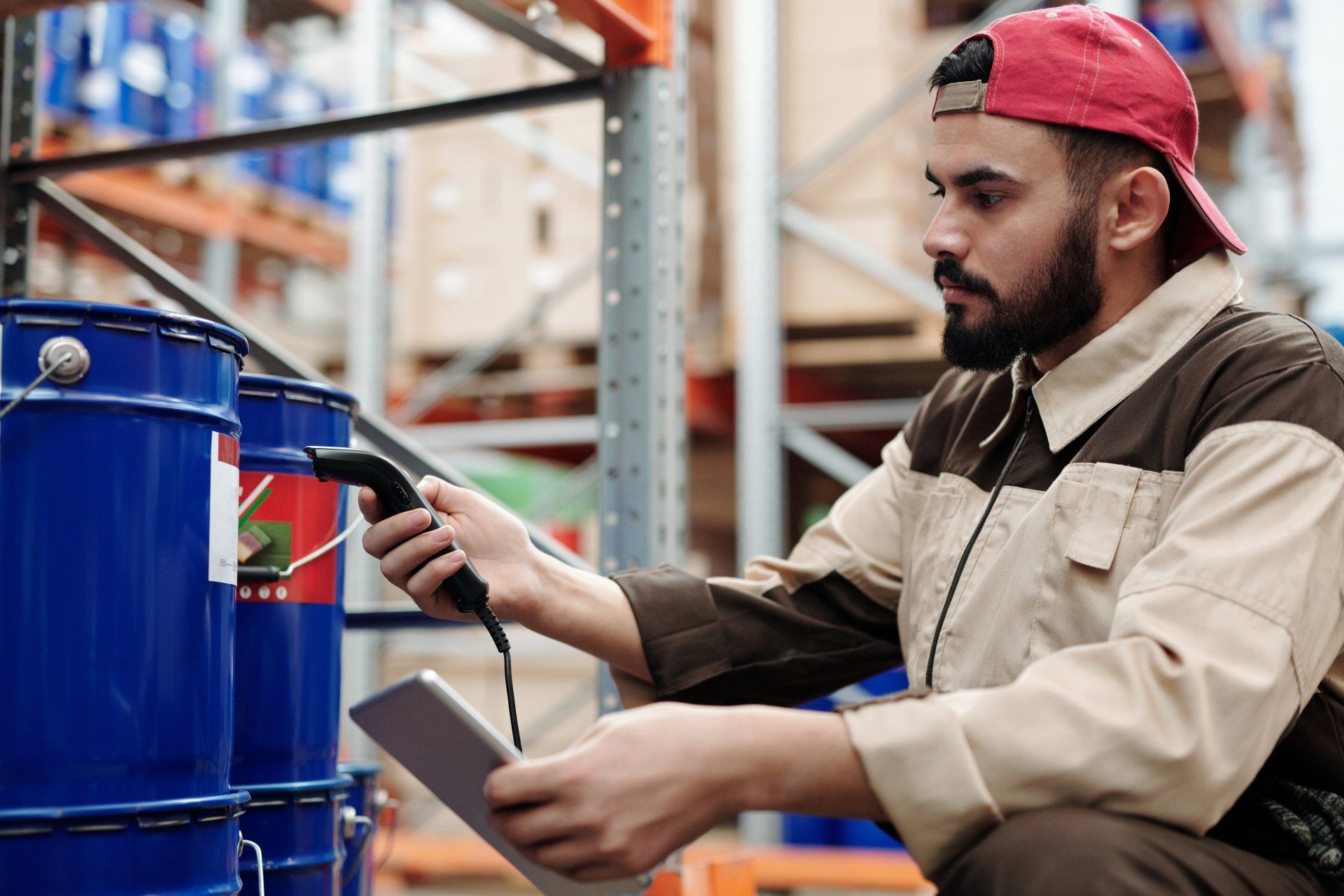Pet-Friendly MDUs: Designing Comfortable Living Spaces for Residents and Their Pets
Pets have become an integral part of many households, and more people are looking for housing options that accommodate their furry family members. For developers and property managers, creating pet-friendly Multiple Dwelling Units (MDUs) is a great way to attract tenants who consider their pets as important as any other member of their household. By incorporating thoughtful design features and pet-specific amenities, developers can create MDUs that provide a comfortable and enjoyable living experience for both residents and their pets.
In this blog post, we will explore key design strategies and amenities that can be implemented in MDUs to make them more pet-friendly. These practices can help developers create attractive, pet-friendly living spaces that meet the needs of modern residents and their four-legged friends.
Pet-Friendly Flooring and Materials
One of the key considerations when designing pet-friendly MDUs is the selection of appropriate flooring and materials that can withstand the wear and tear caused by pets. The right materials can make a big difference in maintaining the quality and longevity of the living space.
- Durable, Scratch-Resistant Flooring: Flooring in pet-friendly MDUs should be durable and scratch-resistant to handle the activity of pets, especially dogs. Materials such as vinyl, laminate, or tile are great options because they are easy to clean and resistant to scratches. Hardwood floors can also work if they are properly sealed to prevent damage. Flooring should also be slip-resistant to ensure the safety of both pets and residents, particularly older pets that may have mobility challenges.
- Stain-Resistant Carpets: For areas where carpet is preferred, using stain-resistant carpets can help reduce the impact of pet accidents and make cleaning easier. Carpet tiles are another option, as individual tiles can be replaced if they become damaged or stained, without the need to replace the entire carpet. This flexibility makes carpet tiles a cost-effective solution for maintaining pet-friendly spaces.
- Pet-Safe Paint and Finishes: Walls and surfaces should be coated with pet-safe, non-toxic paint and finishes that are easy to clean. Semi-gloss or satin finishes are great options because they are more resistant to scratches and can be wiped clean with ease. Using washable and durable wall coverings can also prevent damage from pets that may scratch or rub against walls.
Outdoor Spaces for Exercise and Play
Pets, particularly dogs, need regular exercise and outdoor activity. Providing dedicated outdoor spaces for pets is a great way to enhance the appeal of pet-friendly MDUs and encourage residents to spend time outside with their pets.
- On-Site Dog Parks: Including an on-site dog park or fenced-in play area is a major selling point for pet owners. A well-designed dog park with agility equipment, waste stations, and seating for residents can provide a convenient place for pets to exercise and socialize. Additionally, dividing the dog park into areas for small and large dogs can help ensure a safe play environment for pets of all sizes.
- Pet Relief Areas: Designating specific pet relief areas with waste disposal stations can help keep the property clean and make it easy for residents to take their pets out for bathroom breaks. These areas should be conveniently located and equipped with waste bags and bins for easy cleanup. Using permeable surfaces, such as gravel or artificial turf, can help maintain cleanliness and reduce odors in these pet relief areas.
- Balconies and Patios: Pet-friendly balconies and patios can provide additional outdoor space for pets to enjoy fresh air. Including safety features like secure railings or screens can help ensure that pets are safe while spending time outdoors. Adding pet-friendly features such as shaded areas, pet beds, and outdoor toys can make balconies and patios even more enjoyable for pets.
Indoor Pet Amenities
In addition to outdoor spaces, developers can incorporate indoor amenities that cater to the needs of pets and their owners. Indoor amenities can provide convenience and enhance the overall living experience for pet owners.
- Pet Washing Stations: Including a pet washing station or grooming area in the building can be a major convenience for pet owners. These stations can be equipped with elevated tubs, non-slip surfaces, and hand-held sprayers to make bathing pets easier and less messy. Providing grooming tools such as brushes and towels can further enhance the convenience of the pet washing area.
- Pet Lounging Areas: Creating dedicated pet lounging areas in common spaces, such as a cozy corner with pet beds or climbing structures for cats, can provide pets with a comfortable place to relax while their owners socialize with neighbors. Including scratching posts, toys, and comfortable bedding can make these lounging areas more inviting for pets.
- Storage for Pet Supplies: Including built-in storage for pet supplies, such as food, leashes, and toys, in individual units can help residents keep their space organized. Pull-out drawers, cabinets, or designated storage areas can make it easy for pet owners to store their pet-related items. Providing communal storage areas for larger pet items, such as carriers or crates, can also be beneficial for residents with limited space.
Soundproofing for Peace and Quiet
Noise can be a concern in MDUs, especially when pets are involved. Dogs barking or cats running around can create disturbances for neighbors. Incorporating soundproofing measures can help ensure a peaceful environment for all residents and reduce potential conflicts.
- Acoustic Insulation: Installing acoustic insulation in walls, floors, and ceilings can help reduce noise transmission between units. This is especially important in pet-friendly buildings, where pets may create additional noise. Adding extra insulation in common walls between units can provide an added layer of noise reduction, ensuring that neighbors are not disturbed by barking or other pet sounds.
- Carpeting and Rugs: Adding carpets or area rugs to units can help absorb noise from pets running or playing. Rugs can also provide traction for pets, reducing the likelihood of slips and falls. Using rubber-backed rugs can further enhance noise absorption and prevent the rugs from shifting during playtime.
- Soundproof Windows and Doors: Installing soundproof windows and doors can help minimize the impact of external noises that may trigger pets to bark or become anxious. This can create a calmer environment for both pets and their owners. Thick curtains and door sweeps can also help reduce noise and create a more serene living space for residents and their pets.
Pet Safety Features
Ensuring the safety of pets is a top priority for pet owners. Developers can incorporate features that help keep pets safe both inside and outside the unit, providing peace of mind for residents.
- Secure Balconies: Balconies should have secure railings or screens to prevent pets from slipping through or jumping over. Glass or mesh barriers can provide an extra layer of safety while allowing pets to enjoy the view. Adding non-toxic plants and pet-friendly furniture can make balconies a safe and enjoyable space for pets to relax.
- Pet-Friendly Landscaping: Outdoor areas should be landscaped with pet-safe plants that are non-toxic to dogs and cats. Avoiding plants such as lilies, azaleas, and certain types of ivy can help keep pets safe while they explore outdoor spaces. Including shaded areas and water features can also provide comfort for pets during outdoor activities.
- Enclosed Hallways and Entrances: Enclosed hallways and secure building entrances can help prevent pets from accidentally running outside. Ensuring that building doors close securely and that there are no gaps where pets could slip out can provide peace of mind for pet owners. Adding signage to remind residents to check for pets before opening doors can further enhance safety.
Community Engagement and Pet Events
Creating a pet-friendly community involves more than just providing amenities—it also means fostering a sense of community among pet owners. Hosting pet-related events and activities can help residents connect with their neighbors and build a pet-friendly culture.
- Pet Meet-and-Greets: Hosting pet meet-and-greet events can provide an opportunity for residents and their pets to get to know each other. These events can help create a sense of camaraderie among pet owners and help pets become more comfortable in their environment. Providing treats, toys, and pet-friendly refreshments can make these events even more enjoyable.
- Training Classes: Offering on-site pet training classes can be a valuable amenity for pet owners. Group training sessions can help pets learn good behavior, reduce noise issues, and ensure that pets are well-socialized. Providing classes for both basic obedience and advanced training can cater to the needs of residents with pets at different stages of development.
- Pet Adoption Events: Partnering with local animal shelters to host pet adoption events can be a great way to support the community and promote pet-friendly living. These events can also give residents an opportunity to add a new furry friend to their family. Including informational sessions on pet care and responsible pet ownership can further enhance the value of these events.
Pet Policies and Guidelines
Clear and well-communicated pet policies are essential for ensuring that both pet owners and non-pet owners can live harmoniously in a pet-friendly MDU. Establishing guidelines can help set expectations and prevent conflicts between residents.
- Pet Size and Breed Restrictions: Developers should establish clear guidelines regarding pet size, breed restrictions, and the number of pets allowed per unit. While many pet-friendly buildings are open to all pets, some may have restrictions based on the building's design or available amenities. Providing a clear list of approved breeds and size limits can help residents understand the building's policies.
- Pet Etiquette: Establishing pet etiquette guidelines can help ensure that pets do not become a nuisance to other residents. This can include rules regarding leashing pets in common areas, cleaning up after pets, and minimizing noise. Providing educational materials on responsible pet ownership and offering pet etiquette workshops can help residents understand their responsibilities.
- Pet Deposits and Fees: Charging a pet deposit or monthly pet fee can help cover the costs of additional wear and tear caused by pets. Being transparent about these fees can help manage residents' expectations and ensure that the building remains well-maintained. Offering incentives, such as reduced fees for well-trained pets, can encourage responsible pet ownership.
Creating Pet-Friendly MDUs for Modern Residents
As more people choose to live with pets, the demand for pet-friendly housing options continues to grow. By incorporating thoughtful design features, pet-specific amenities, and community engagement opportunities, developers can create MDUs that cater to the needs of pet owners and their furry companions.
Designing pet-friendly MDUs is about more than just allowing pets—it's about creating an environment where both residents and their pets can thrive. By prioritizing pet comfort, safety, and community, developers can create attractive living spaces that appeal to pet owners and foster a sense of belonging for all residents.
By adopting these pet-friendly practices, developers can create MDUs that provide a high quality of life for both humans and their pets, ensuring a comfortable and welcoming environment for everyone. Pet-friendly MDUs are not just a trend—they are a reflection of the evolving needs of modern residents who view their pets as family members and want to provide them with the best possible living experience.









